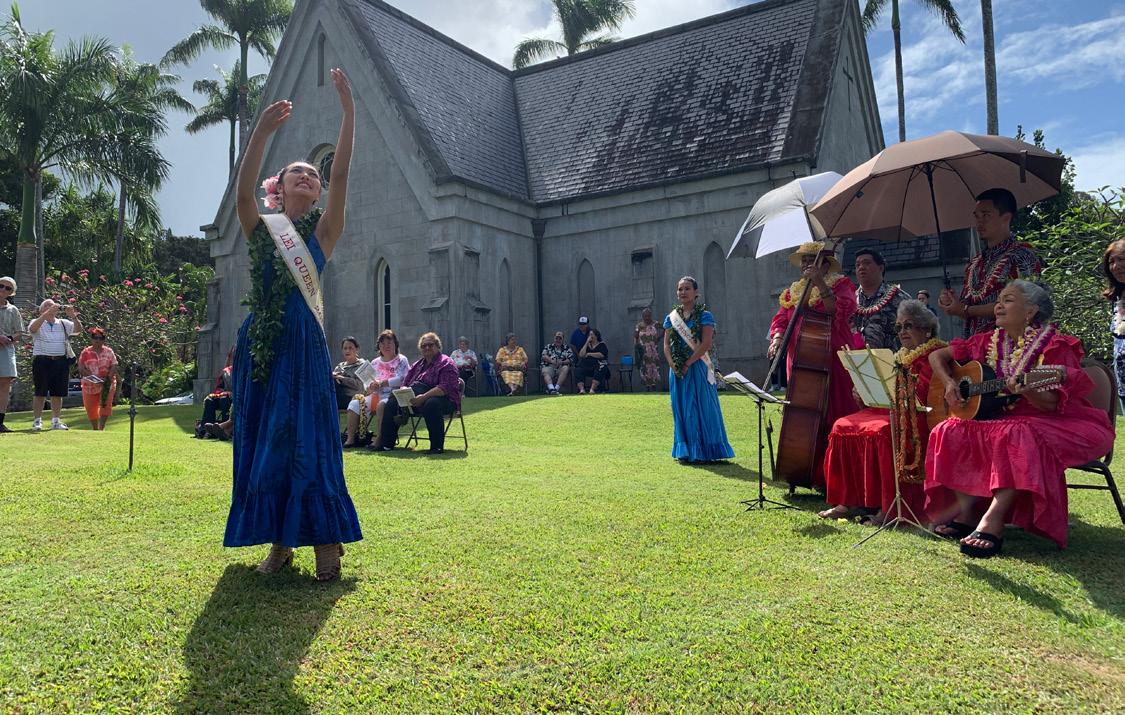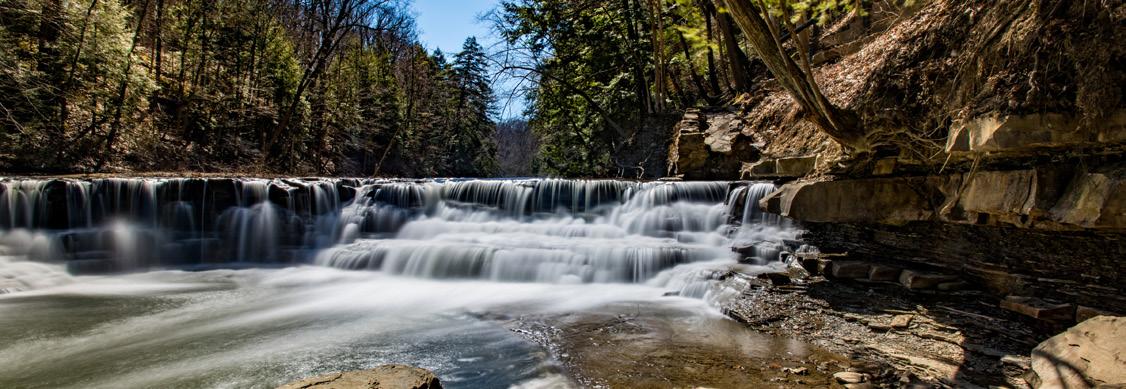
4 minute read
Rural Areas and Small Towns Might be Missing Out on the Benefits of Agency-Foundation Relationships
Rural Areas and Small Towns Might be Missing Out on the Benefits of AgencyFoundation Relationships
The differences between agencies and communities with and without foundations point to another potential missed opportunity. In general, foundations and friends groups are more common in more populated urban and suburban communities; they typically support park and recreation agencies that offer more amenities and enjoy larger operating and capital budgets.
Advertisement
As such, smaller communities may be missing out on the benefits provided by a vibrant agency-foundation relationship. While some smaller agencies and communities without a park and recreation-specific foundation can call on other, more general, community-based organizations, parks and recreation in these communities has to compete with other worthy causes for attention and support. Given the benefits of agency-foundation relationships, agencies serving smaller communities may wish to work toward establishing a park and recreation-specific foundation. As the agency-foundation relationship potentially becomes more important in the years to come, this may mean that the disparity between agencies with and without foundations could continue to grow.
Children play at the spray park playground at Keith Mione Community Park in Mundelein, Illinois.
Park and Recreation Agencies Tend to Serve Larger Populations, Offer Greater Amenities and Have Larger Operating Budgets
(Mean Values)
Population served Acres of parkland managed Parks and facilities managed Annual operating budget
Agency Supported by a Foundation Agency Not Supported by a Foundation
302,640 6,088 46 $14.1 million
120,177 1,340 24 $6.9 million
CONCLUDING THOUGHTS
Relationships between local park and recreation agencies and nonprofit foundations or friends groups often provide a number of benefits to a variety of stakeholder groups. Their capacity to fundraise for goods and services beyond the usual scope of a government agency, and their flexibility and responsiveness as nongovernment entities make these nonprofit partners powerful allies for many local park and recreation agencies. Overall, leaders from both the public and nonprofit sectors perceive these relationships as strong, close and effective, and, generally, agree on the characteristics and competencies that ensure an efficacious agency-foundation partnership. Despite the potential benefits, however, several areas exist as opportunities to further enhance the relationship between these organizations. In particular, equity is a vexing, unresolved challenge for many agency-foundation relationships. It is important to note that the role of nonprofit foundations and friends groups may only become more prominent in the years to come as agencies grapple with the financial implications of the Great Recession, COVID-19 pandemic and future crises. This growing importance highlights the need for evidence-based best practices to maximize the efficacy of the agency-foundation relationship. While this research represents a first step in that direction, much remains unknown. Future research must continue to examine these public-private partnerships, with the goal of providing guidance to individuals and organizations on both sides of the relationship.

The closing ceremony for the 92nd annual Lei Day Celebration in Honolulu, Hawaii, is a spectacle of Hawaiian culture and a way to remember Hawaiian royalty at the Royal Mausoleum (Mauna ‘Ala).
ABOUT NRPA
ACKNOWLEDGEMENTS

A waterfall flows on the Chagrin River at South Chagrin Reservation near Henry Church Rock in Bentleyville, Ohio.
The National Recreation and Park Association (NRPA) is the leading not-for-profit organization dedicated to building strong, vibrant and resilient communities through the power of parks and recreation. With more than 60,000 members, NRPA advances this mission by investing in and championing the work of park and recreation professionals and advocates — the catalysts for positive change in service of equity, climatereadiness, and overall health and well-being.
NRPA brings strength to our message by partnering with like-minded organizations, including those in the federal government, nonprofits and commercial enterprises. Funded through dues, grants, registrations and charitable contributions, NRPA produces research, education and policy initiatives for our members that ultimately enrich the communities they serve. NRPA places immense importance on research and data to raise the status of parks and recreation and conducts research with two goals. First, NRPA creates data to help park and recreation agencies make optimal decisions on operations, programming and spending. Second, NRPA generates data and insights that support park and recreation professionals in making the case for greater and more stable funding to policymakers, key stakeholders, the media and the general public. The NRPA research team works closely with internal subject matter experts, respected industry consultants and members of the academic community to develop its reports and data resources. Learn more at nrpa.org/Research.
This research conducted for this report was led by Dr. Nick Pitas of the State University of New York-Brockport and was supported by Dr. Andrew Mowen and Samantha Powers of the Pennsylvania State University. The researchers express their appreciation to the park and recreation agency leaders who participated in the survey and the leaders of both park and recreation agencies and nonprofit foundations who shared thier insights during the in-depth interviews. Thank you to Kevin Roth, Gina Mullins-Cohen, Vitisia Paynich, Roxanne Sutton, Melissa May, Lindsay Hogeboom, Jennifer Fulcher-Nguyen, Kim Mabon and Kate Anderson for making this report possible. Also, thank you to those who contributed the photos included throughout.




